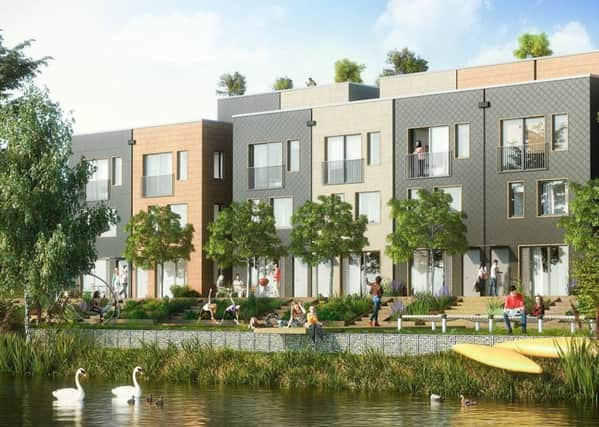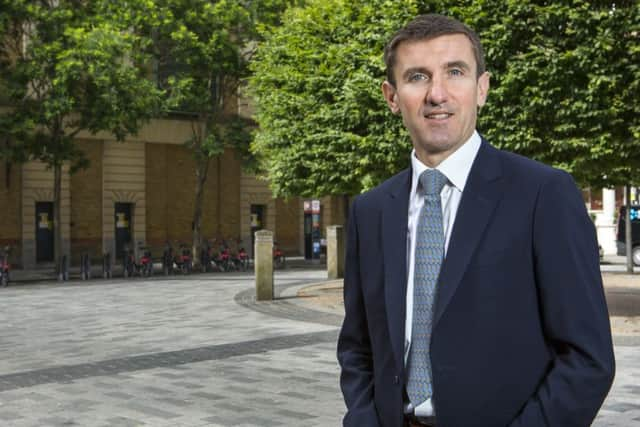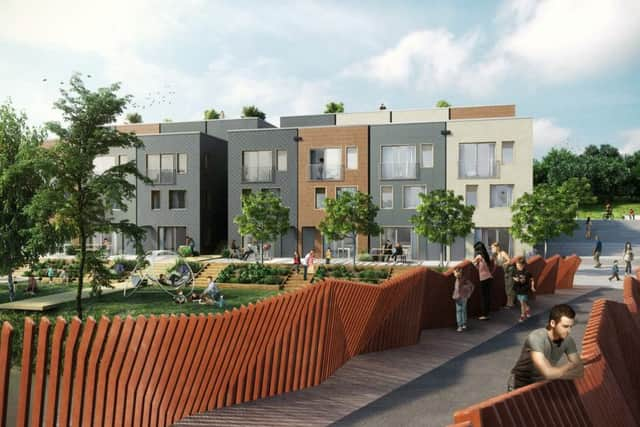Our ageing future: How engineers aim to '˜design out' loneliness


But a global engineering firm working in Yorkshire is putting the shape of our future society - and the possible problems it may create - in the heart of its designs.
Consultancy firm WSP, which plans everything from small scale flat and housing developments to huge town planning and infrastructure schemes - is ensuring its work is ‘Future Ready’, by considering issues such as loneliness and our ageing population.
Advertisement
Hide AdAdvertisement
Hide AdWSP UK’s director of sustainability, David Symons, said social isolation was a growing issue in cities, and for the past three or four years, the firm had challenged its engineers to tackle it.


“Many of the solutions for loneliness are perceived to be the responsibility of NGOs or local councils, like befriending services, but there’s actually a huge amount that we can do, as engineers, to design out loneliness,” he said. “For example, designing streets where it’s easier to walk than take the car, because if you’re walking, you are more likely to see and speak to people.
“Also, Department for Transport guidelines suggest that people cross the road at three miles per hour - that’s fine if you’re fit and healthy, but if you’re older and walk slower, that crossing time will not be sufficient. That will affect 20 per cent of the population - a proportion that is growing - so we’re looking at increasing that time.”
Other ideas include designing things like cafes and open spaces into master plans, and ensuring they are ready in the first phase of a development opening, and factoring communal space into tower blocks.
Advertisement
Hide AdAdvertisement
Hide AdWSP’s ideas are being put into practice in South Leeds, where it is working with developers Citu on 530 homes on the city centre’s South Bank, the Climate Innovation District.


Managing director of Citu, Chris Thompson, said: “From the earliest designs of the Climate Innovation District we wanted to create the kind of public realm that naturally would encourage residents to bump into one another, making it easy for them to get to know their neighbours and to help build a new community.
“For example, we are creating shared areas where we will have yoga platforms, hammocks, shared jetties into the river, as well as space where residents can tend gardens and vegetable plots together. When people are active they feel less isolated; seeing people around even if you aren’t engaged can help dispel that feeling of loneliness. Our rooftop gardens in the Climate Innovation District are also designed to allow easy interaction between neighbours, whilst still affording privacy for those who choose it.”
WSP director of development, Adrian Kemp, who is based in Leeds, said the scheme puts “community” in the heart of development.
“It is removing the barriers to social isolation,” he said.
Advertisement
Hide AdAdvertisement
Hide Ad“A development in isolation can exasperate social exclusion if there’s no effective public services in places. Introducing things like community hubs and sports facilities at the start of the planning stages is crucial, as its difficult to retrofit those.”